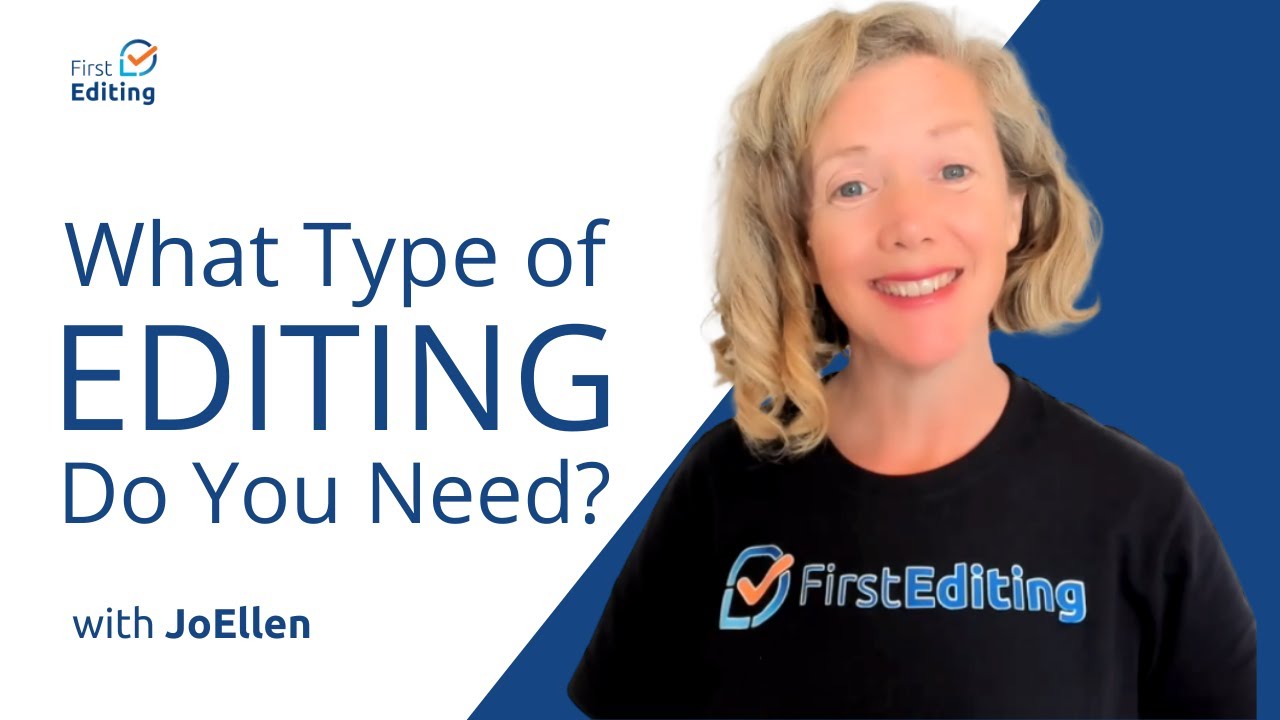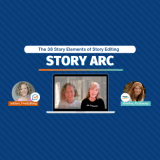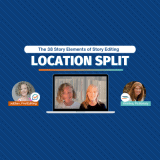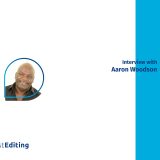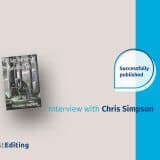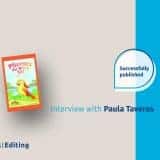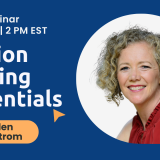
Kristina Stanley from Fictionary joins us again in this episode. Today, we’re talking about the Point of View of Fiction Writing.
What is the Point of View?
We’re talking about scene-by-scene editing. And we’re looking at every scene in a story, whether we’re a writer, or we’re an editor during somebody else’s novel, each scene, you want to look at who is the point of view character. So when a point of view character is chosen for a scene, it’s a promise to the readers that they’re going to experience that scene from the character’s perspective. So I would just want to reiterate, it’s a promise to your readers, so you don’t want to jar them out of that. And, and changing point of view can cause confusion, it forces you to use extra words. So you can describe who is doing any actions or thoughts. And it can also jar the reader from the story. So we’re going to talk about those things in a little bit more detail. So that when you’re doing your point of view review, you have some things that you can actually or actionable for you.
It’s really important that they need to be consistent. This is where, as an editor, you need to be consistent in screening through all of the books to make sure that it is continually see sufficient in that way, but also as a writer to go back in and question yourself again, am I really giving that right perspective as we go?
How do we use the point of view? How do we incorporate this and an easy way to check on this?
The first thing is to choose who has the point of view for each scene. And we talked a little bit about in an earlier video that we did is that you’re going to be looking at characters plot and setting and then your structure. And so you’re going to do the first pass of your story. And you’re going to have a point of view for each scene. And once you’ve done that, then you’re going to go back and you’re going to look at the overall structure. And ask yourself does that choice of point of view character makes sense in the story you ended up with?
And let’s face it, we all write stories, and maybe don’t end up with what we thought we were going to end up with. So it must be reviewed at two points in your revision process. So we’re doing the point of view and they’re using it effectively, can you give us an example of some advice that a writer might receive from an editor in regards to the point of view?
When your editor reviews a story, they’re going to review it scene by scene and throughout the structure. And once they have the overall structure, the first thing they’re going to look at is, does the protagonist have the greatest number of scenes from a point of view? And if the answer is no, is that the right protagonist for the story? Maybe the answer’s yes, it is. So, therefore, some other scenes need to be rewritten. And the editor will help you look at that and say, Okay, these are the potential scenes that could be rewritten from the protagonist’s point of view. So that the balance is right. So that’s the highest level of advice an editor should be giving for your overall story. That’s amazing. That’s really good because we do have to look at it. But it’s really fantastic that it almost fits into a mathematical equation, it’s a template. So once you know your scenes, and you know your characters, how are they fitting into those? And are they getting the exact amount of exposure and perspective that we need?
Story editing is a mixture of creative art and technical knowledge. And it’s always about form and not about a formula. And so a strong editor will understand if, for example, where I said, the protagonist should have the most number of scenes. Well, what if the story works the way it is, so what the editor’s job is to assess they didn’t have the most number of scenes, but the way the story is written and balanced throughout with another point your characters, it totally works. So don’t change it, versus, I didn’t quite get who the protagonist was, which tells the writer, the balance is off.
Story editing is really the hardest form of editing because it takes in artistry and technical knowledge. And the key thing to remember is it really is formed, not a formula. So you need to take all of the advice in that context, right. So there are no hardcore facts, but there are definitely new ways to evaluate it to make sure we’re not overlooking everything. And that’s the brilliance of this. Again, take a look at your point of view folks, and see if yours matches up with what you want it to be in your story.
If you like this episode, please share it with your friends and let us know what you learned from it.




